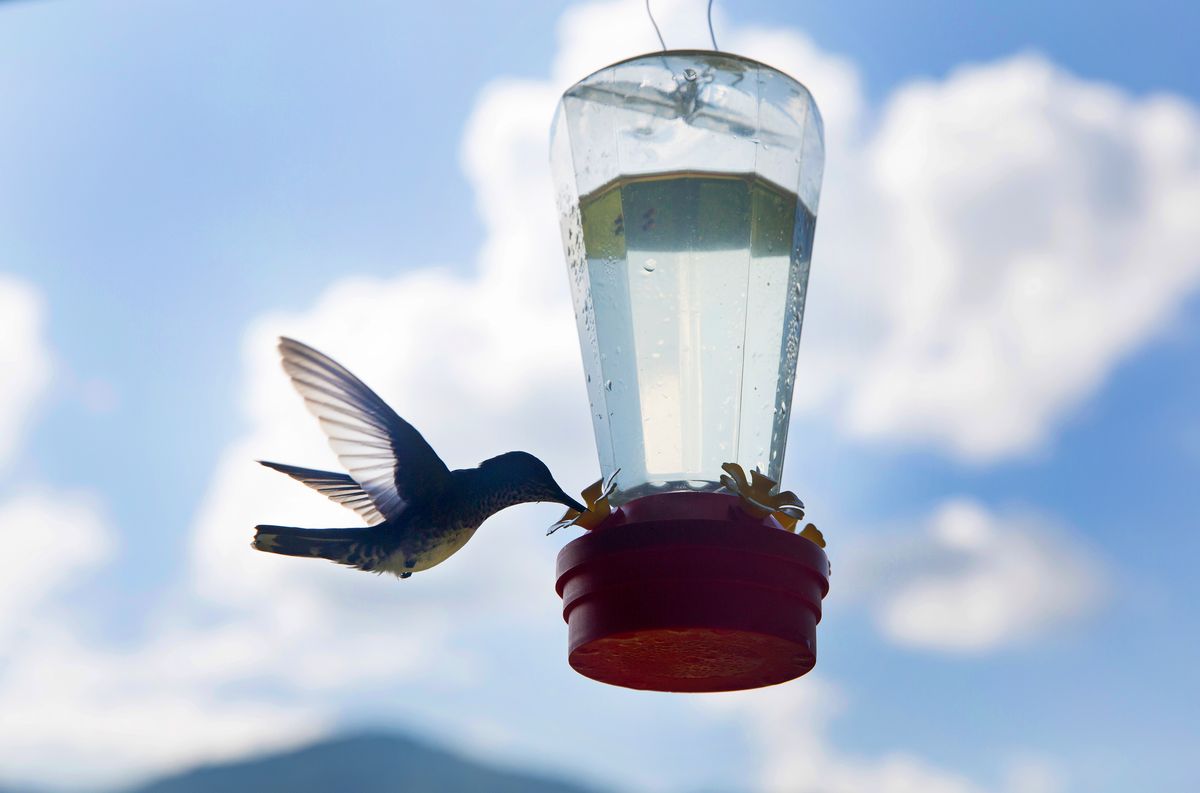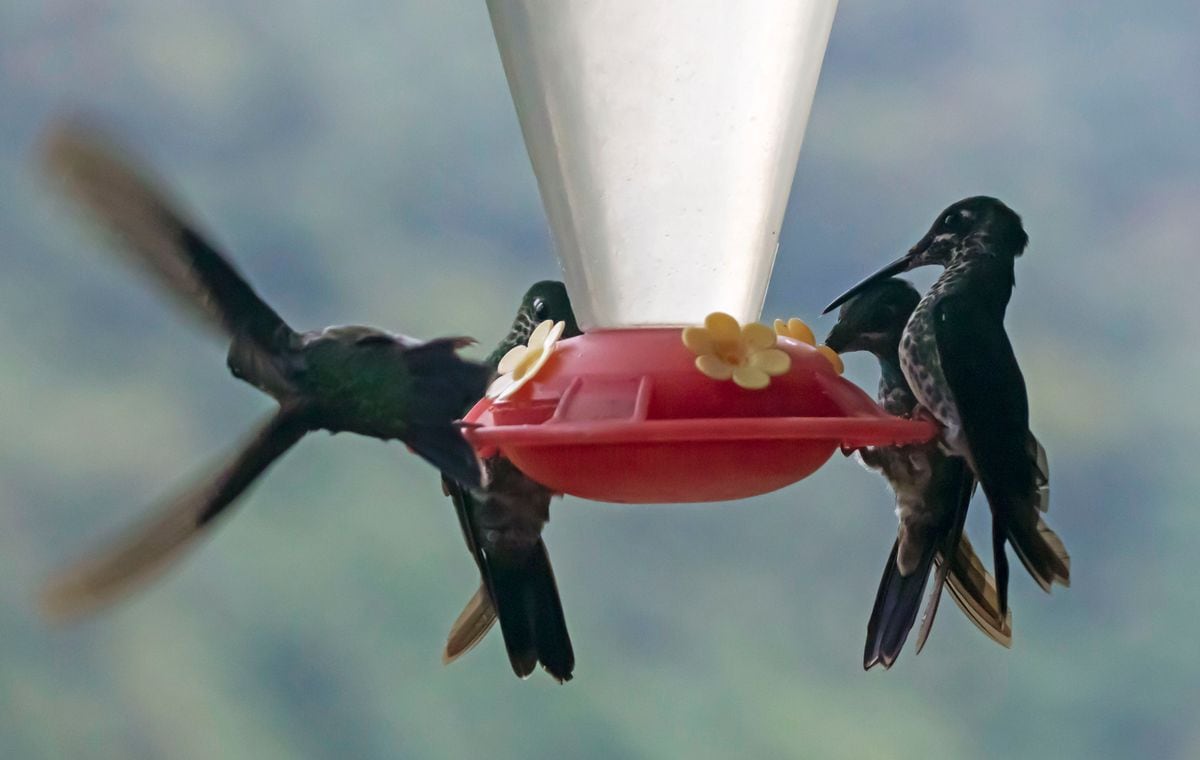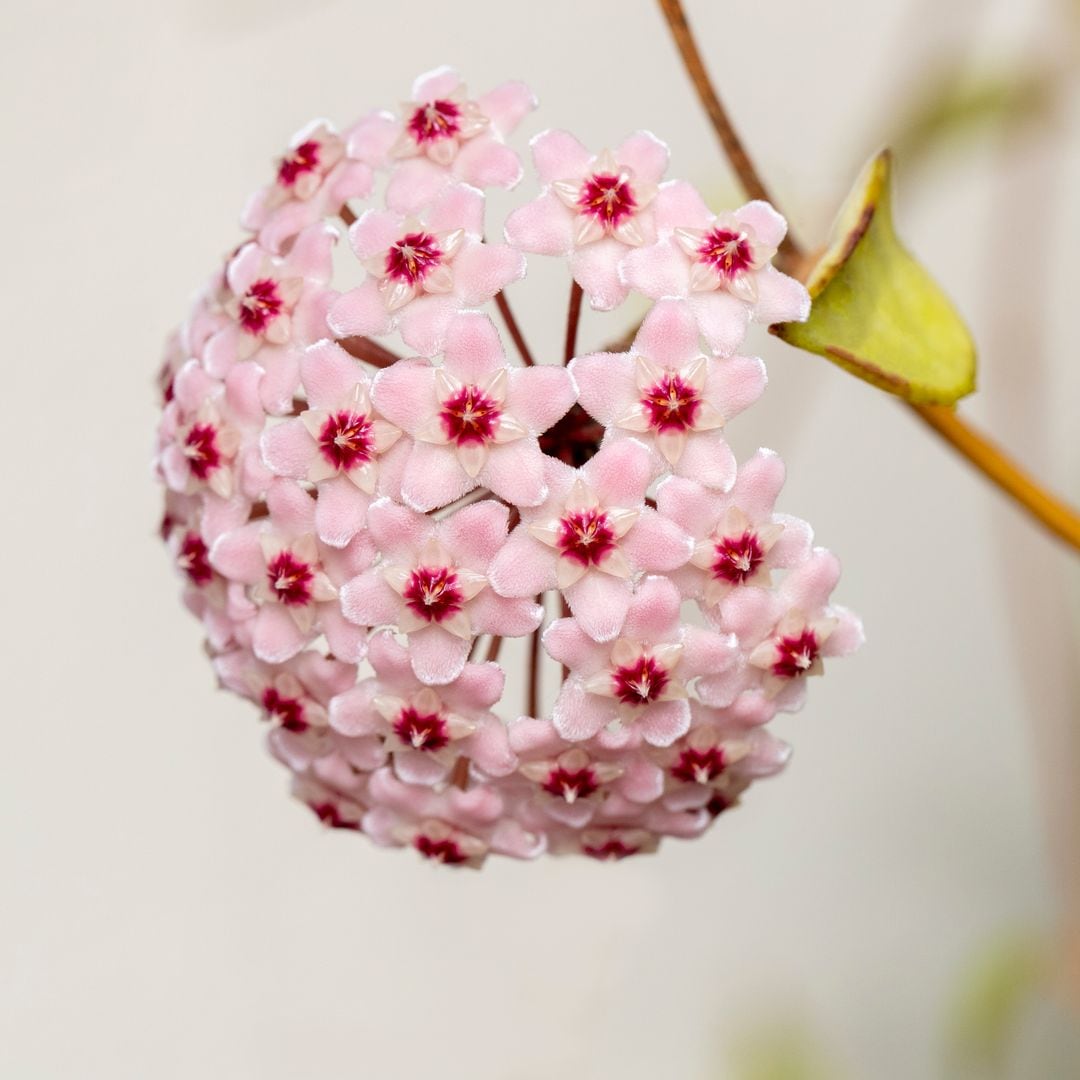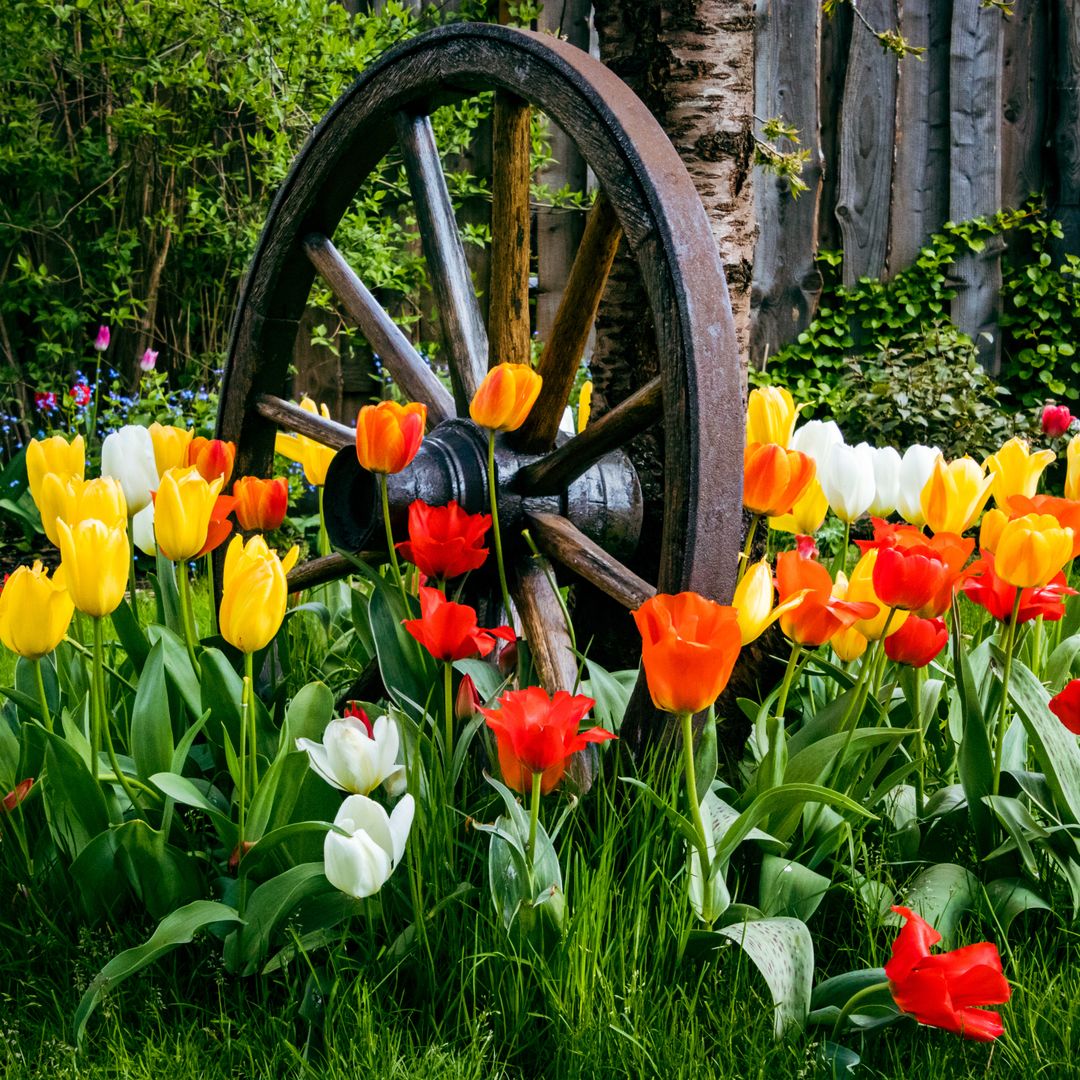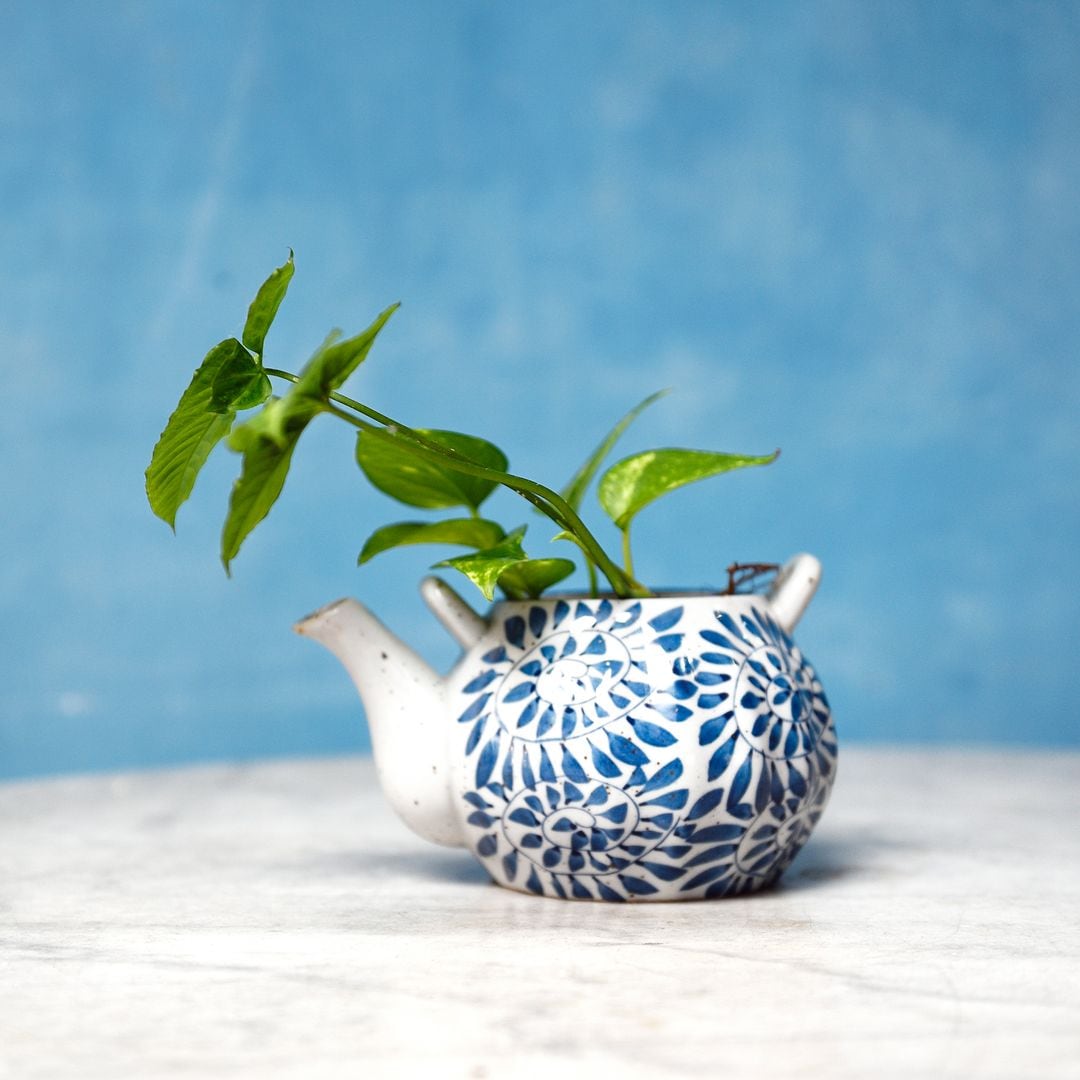It's spring, and gardens are blooming, adorable critters are running around happily, and birds are chirping through the air. One of those is the majestic hummingbird, which is reaching the U.S.'s northernmost states as part of its spring migration season. These little magical creatures are fast-moving and fun to watch, and can soon be your backyard visitor if you set up a hummingbird feeder. While it sounds easy, keeping them around takes more than just hanging a feeder and hoping for the best. Here’s what to know.
Height matters
Hang your feeder about five to six feet off the ground. That makes it easy for you to maintain while keeping it out of reach from raccoons and other pests. Try placing it near trees or shrubs—about 10 to 15 feet away—so hummingbirds have a safe place to perch between feedings. You can use a fishing line to hang it because it's too thin for ants to climb.
Skip the store-bought mix
Save your money by making the mix at home. All you need is white granulated sugar and water. The ideal ratio is one part sugar to four parts water. Boil the water, stir in the sugar until it dissolves, and let it cool before filling the feeder. No need for red dye (it can be harmful), and avoid honey or brown sugar because they can cause mold or ferment quickly.
Stay on top of the nectar
You should change their sugary water daily in hot weather (above 80°F), every 2 to 3 days in mild temperatures, and every 3 to 5 days when it's cooler. If the nectar looks cloudy, has black spots, or smells off, replace it immediately. Always rinse the feeder with hot water—no soap—to prevent mold and bacteria buildup.
Placement is everything
Choose a spot that is both sunny and shady. Too much direct sun can make the nectar spoil faster, but full shade might make it harder for hummingbirds to find the feeder, so you have to find the sweet spot that is both visible and fresh. You can move them periodically, 3-4 feet, if you start to notice unwanted visitors.
Hummingbirds can be territorial - if you notice birds getting sassy, try putting up a second feeder out of sight from the first to help keep the peace.
Extra tips
Avoid using any pesticides around the feeder. If you want to attract more hummingbirds naturally, plant native flowers like bee balm, fuchsia, nicotiana, trumpet vine, cardinal flower, salvia, or trumpet vine nearby. If you have bees and wasps near you, use a saucer feeder.
,type=downsize)

